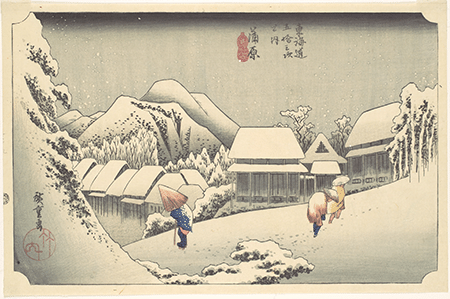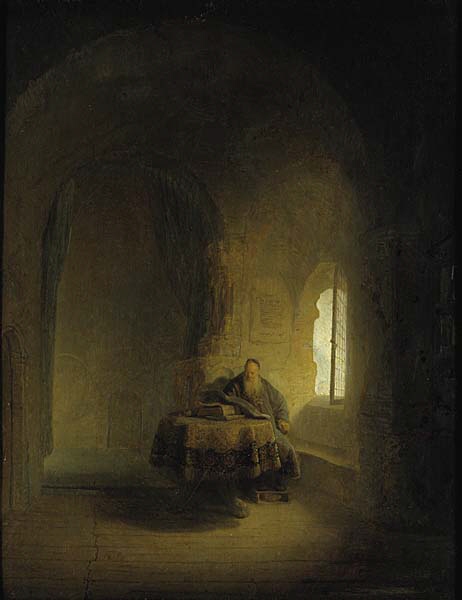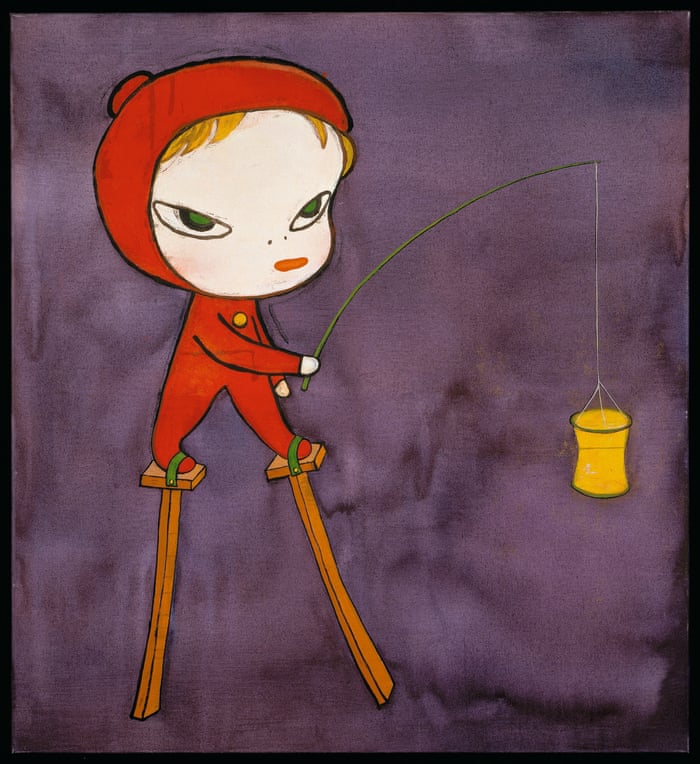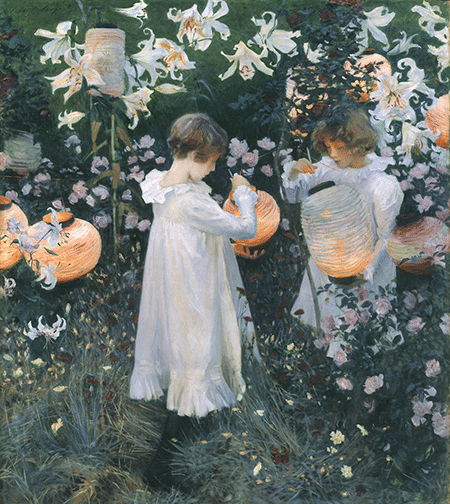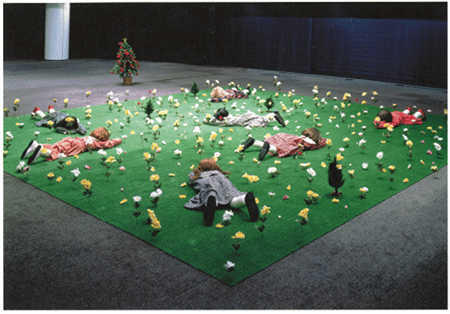20th Century & Contemporary Art Evening Sale in association with Yongle
Hong Kong Auction 1 December 2022
1
Michaela Yearwood-Dan
What's the Use in Yearning
Estimate HK$250,000 - 350,000
Sold for HK$3,024,000
Create your first list.
Select an existing list or create a new list to share and manage lots you follow.
2
Derek Fordjour
Single Pivot Turn
Estimate HK$2,000,000 - 3,000,000
Sold for HK$4,032,000
Create your first list.
Select an existing list or create a new list to share and manage lots you follow.
4
Lucy Bull
Giving Tree
Estimate HK$1,000,000 - 1,500,000
Sold for HK$4,662,000
Create your first list.
Select an existing list or create a new list to share and manage lots you follow.
5
Christina Quarles
I Can Only Feel Whut Touches Me
Estimate HK$900,000 - 1,200,000
Sold for HK$2,772,000
Create your first list.
Select an existing list or create a new list to share and manage lots you follow.
6
Julien Nguyen
Faust II
Estimate HK$900,000 - 1,200,000
Sold for HK$3,528,000
Create your first list.
Select an existing list or create a new list to share and manage lots you follow.
7
Loie Hollowell
Split Orbs in gray-brown, yellow, purple and carmine
Estimate HK$4,000,000 - 6,000,000
Sold for HK$12,350,000
Create your first list.
Select an existing list or create a new list to share and manage lots you follow.
8
Gerhard Richter
Abstraktes Bild (774-1)
Estimate HK$80,000,000 - 120,000,000
Sold for HK$89,375,000
Create your first list.
Select an existing list or create a new list to share and manage lots you follow.
9
William Monk
Far-Out III
Estimate HK$800,000 - 1,200,000
Sold for HK$2,520,000
Create your first list.
Select an existing list or create a new list to share and manage lots you follow.
10
Damien Hirst
Forgiven
Estimate HK$6,000,000 - 9,000,000
Sold for HK$7,510,000
Create your first list.
Select an existing list or create a new list to share and manage lots you follow.
11
Huang Yuxing
River
Estimate HK$1,200,000 - 1,800,000
Sold for HK$2,142,000
Create your first list.
Select an existing list or create a new list to share and manage lots you follow.
12
Yayoi Kusama
INFINITY-NETS (GMBKA)
Estimate HK$12,000,000 - 18,000,000
Sold for HK$12,592,000
Create your first list.
Select an existing list or create a new list to share and manage lots you follow.
13
Lee Ufan
From Point No. 77103
Estimate HK$8,000,000 - 12,000,000
Sold for HK$7,207,500
Create your first list.
Select an existing list or create a new list to share and manage lots you follow.
14
Zao Wou-Ki
14.10.69.
Estimate HK$8,000,000 - 12,000,000
Sold for HK$11,745,000
Create your first list.
Select an existing list or create a new list to share and manage lots you follow.
15
Yayoi Kusama
Gold Accumulation (1)
Estimate HK$8,000,000 - 12,000,000
Sold for HK$9,930,000
Create your first list.
Select an existing list or create a new list to share and manage lots you follow.
16
Chiharu Shiota
State of Being (Boy’s Kimono)
Estimate HK$1,500,000 - 2,500,000
Sold for HK$1,638,000
Create your first list.
Select an existing list or create a new list to share and manage lots you follow.
17
Javier Calleja
Once in Life
Estimate HK$2,700,000 - 3,800,000
Sold for HK$4,410,000
Create your first list.
Select an existing list or create a new list to share and manage lots you follow.
18
Izumi Kato
Untitled
Estimate HK$1,500,000 - 2,500,000
Sold for HK$4,410,000
Create your first list.
Select an existing list or create a new list to share and manage lots you follow.
19
Michaël Borremans
The Butter Sculptor
Estimate HK$2,800,000 - 3,500,000
Sold for HK$2,898,000
Create your first list.
Select an existing list or create a new list to share and manage lots you follow.
20
Michaël Borremans
The Assistant
Estimate HK$3,200,000 - 4,200,000
Sold for HK$3,402,000
Create your first list.
Select an existing list or create a new list to share and manage lots you follow.
21
Yoshitomo Nara
Nachtwandern
Estimate HK$16,000,000 - 25,000,000
Sold for HK$19,005,000
Create your first list.
Select an existing list or create a new list to share and manage lots you follow.
22
Yoshitomo Nara
Flying Nun
Estimate HK$3,800,000 - 5,800,000
Create your first list.
Select an existing list or create a new list to share and manage lots you follow.
23
KAWS
HOT SEAT JUNCTION
Estimate HK$7,000,000 - 10,000,000
Sold for HK$8,599,000
Create your first list.
Select an existing list or create a new list to share and manage lots you follow.
24
This lot is no longer available.
25
Banksy
Girl with Balloon & Morons Sepia
Estimate HK$4,500,000 - 6,500,000
Sold for HK$5,670,000
Create your first list.
Select an existing list or create a new list to share and manage lots you follow.
26
Banksy
Kids on Guns
Estimate HK$8,500,000 - 12,000,000
Sold for HK$7,147,000
Create your first list.
Select an existing list or create a new list to share and manage lots you follow.
27
Caroline Walker
The Masquerade
Estimate HK$1,000,000 - 1,500,000
Sold for HK$3,906,000
Create your first list.
Select an existing list or create a new list to share and manage lots you follow.
28
Trey Abdella
Sunny Days
Estimate HK$700,000 - 900,000
Sold for HK$3,024,000
Create your first list.
Select an existing list or create a new list to share and manage lots you follow.
29
André Butzer
Untitled
Estimate HK$600,000 - 800,000
Sold for HK$1,701,000
Create your first list.
Select an existing list or create a new list to share and manage lots you follow.
30
This lot is no longer available.
31
Louise Bonnet
The Swimmer
Estimate HK$400,000 - 600,000
Sold for HK$2,520,000
Create your first list.
Select an existing list or create a new list to share and manage lots you follow.
32
Sarah Slappey
Black Pearls II
Estimate HK$300,000 - 500,000
Sold for HK$1,008,000
Create your first list.
Select an existing list or create a new list to share and manage lots you follow.
33
Ayako Rokkaku
Untitled
Estimate HK$1,200,000 - 1,800,000
Sold for HK$2,394,000
Create your first list.
Select an existing list or create a new list to share and manage lots you follow.
34
Brett Crawford
3MO SUPPORT
Estimate HK$600,000 - 800,000
Sold for HK$2,016,000
Create your first list.
Select an existing list or create a new list to share and manage lots you follow.
35
Raghav Babbar
Off Duty
Estimate HK$150,000 - 250,000
Sold for HK$5,040,000
Create your first list.
Select an existing list or create a new list to share and manage lots you follow.
